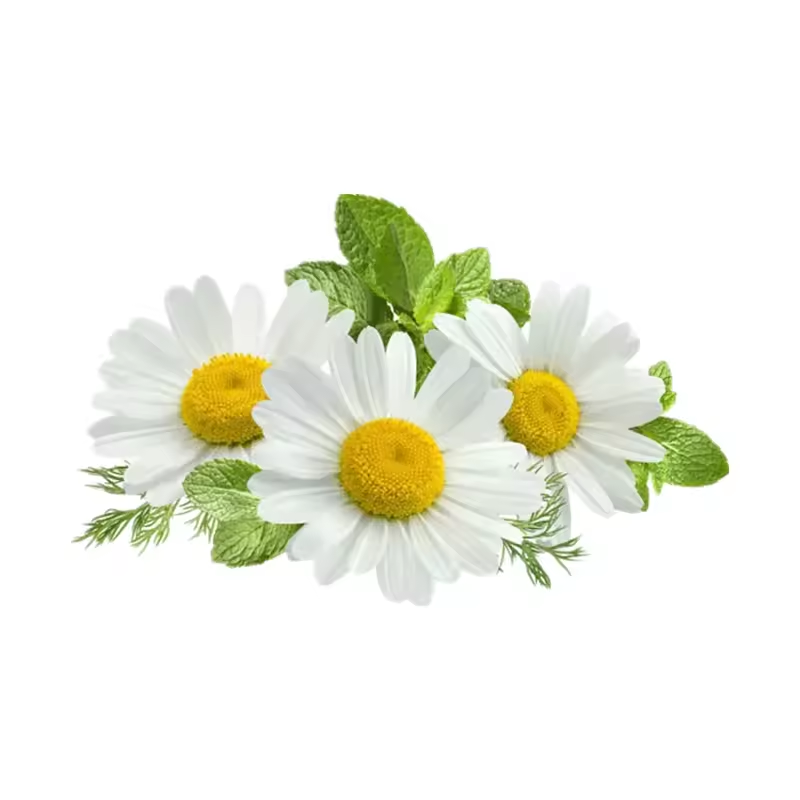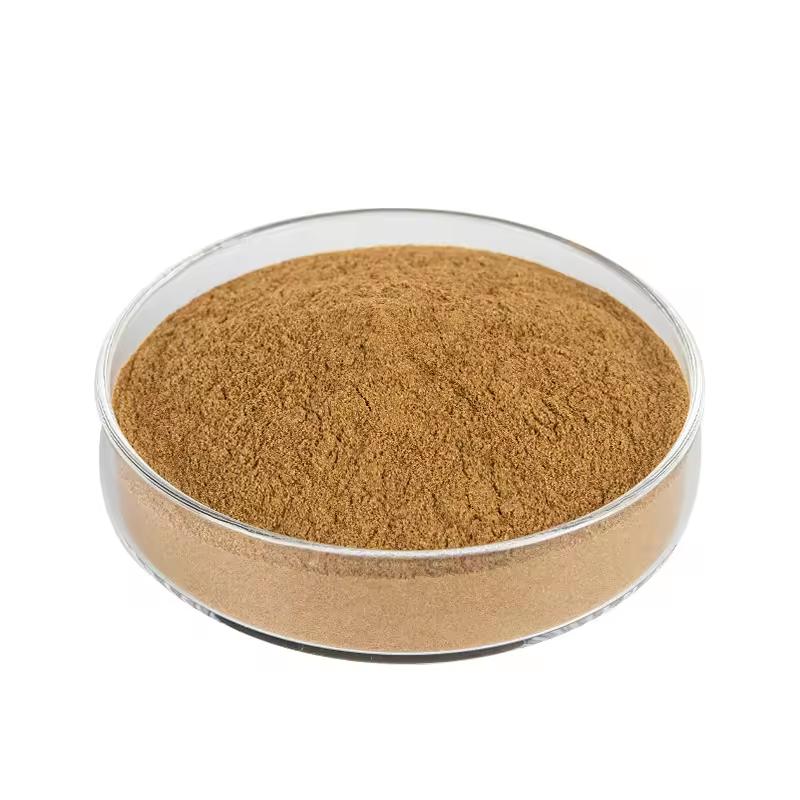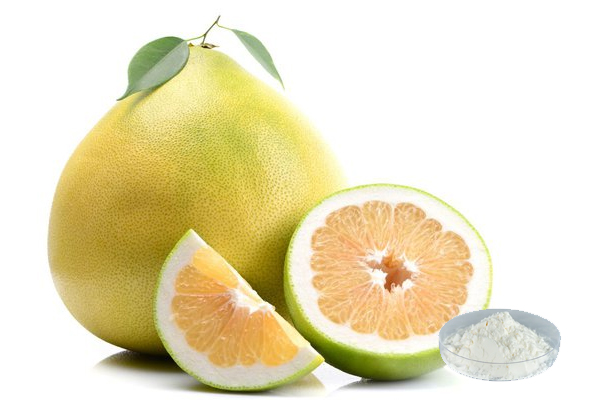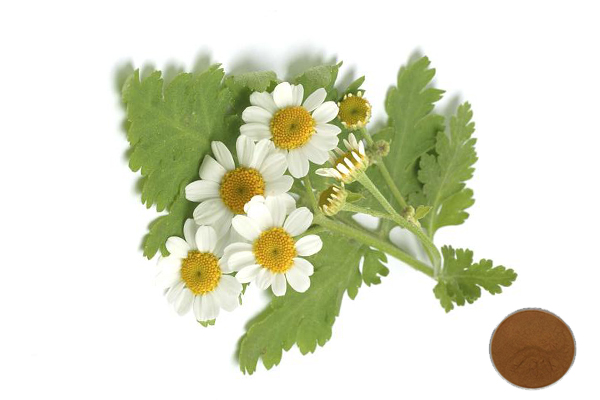Chamomile Flower Extract Apigenin 98%
Source:Matricaria chamomilla L. Flower
Active Ingredients:Apigenin
Specification:98%
Testing Method:HPLC
Appearance:Light Yellow Powder
Pesticide Residue:Comply with (EC) No 396/2005 Standard
- Description
- Data Sheet
- Certificate
-
What is Chamomile Flower Extract Apigenin?
Chamomile Extract is the dried whole herb extract of Chamomile Matricaria recutita L., family Asteraceae, with anti-inflammatory, inhibitory fungi, antispasmodic, etc. Chamomile Flower Extract Apigenin is a standardized extract containing 98% apigenin, which is used in the field of pharmaceuticals, nutraceuticals, and cosmetics.
Green Spring Technology supplies Chamomile Flower Extract Apigenin 98% Solvent Residues, Heavy Metals, Plasticizers, and Pesticide Residues following EP, USP, JP, and other international standards.
Founded in 2000, Green Spring Technology is dedicated to providing our customers with natural, safe, and organic plant extracts. The products we offer are manufactured to the highest international industry standards, complying with EU EC396, EU 2023/915 and the highest solvent residue standards. We have a systematic quality management system and organize production in strict accordance with ISO, HACCP and other quality standards.
With 7 certificates and 7 patents, Green Spring‘s products are sold in more than 62 countries, serving more than 2450 customers. They are Halal, Kosher, COSMOS, BRC, IFS, FDA, ISO certified.
Specification:
Product Name
Chamomile Flower Extract
Latin Name
Matricaria chamomilla L.
CAS No.
520-36-5
Source
Chamomile Flower
Active Ingredients
Apigenin
Specification
98%
Testing Method
HPLC
Appearance
Light Yellow Powder
Pesticide Residue
Comply with (EC) No 396/2005 Standard
Regulation:
It conforms to EU regulations.
Looking for a Quotation?Benefits:
Anti-Inflammatory
Chamomile is an anti-inflammatory and pain-relieving medicine, and its anti-inflammatory effect has been proven by modern research. In in vitro experiments, apigenin in chamomile extract interfered with leukocyte adhesion in human endothelial cells up-regulated their adhesion proteins, and could inhibit interleukin-1 (IL-1)-induced prostaglandin conjugation, tumor necrosis factor-induced production of IL-6 and IL-8, and lipopolysaccharide-induced production of IL-6.
In vivo experiments showed that aqueous extracts of chamomile flower were able to inhibit the inflammatory response and leukocyte infiltration induced by injections of carrageenan and prostaglandin El in rats. Its ethanol extract externally can improve the edema of the inner surface of the rat ear; its volatile oil on the egg white caused by rat foot swelling, cotton ball implantation method caused by rat granulomatous hyperplasia, and xylene caused by the mouse ear swelling, acute inflammation, chronic inflammation and acute inflammation induced by swelling, exudation have different degrees of inhibition. Chamomile contains β-erythromycol and matricarboxylic acid, which are anti-inflammatory, probably by inhibiting cyclooxygenase-2.
Anti-Inflammatory and Calming
Chamomile Flower Extract is a good moisturizer that increases the moisture content of the skin and improves dryness and roughness. It forms a moisturizing film that locks in moisture and improves the skin's ability to retain moisture.
Lowering Blood Pressure, Blood Lipids
Chamomile extract has a hypoglycemic effect on normal mice and can improve glucose tolerance in normal mice. Chamomile extract can inhibit the activity of rat lens waking sugar reductase, late glycosylation end-products, dibenzyl bitter cool radicals, and inhibit the accumulation of sorbitol in the lens of rats under high glucose conditions. The ethanol extract has significant hypoglycemic and protective effects on membrane island β-cells and improves oxidative stress associated with hyperglycemia. Chamomile has a certain regulatory effect on blood pressure, given to spontaneously hypertensive rats chamomile extract, gavage for 4 weeks after the blood pressure was significantly reduced. Chamomile flower aqueous extract can reduce high blood lipid levels in hypercholesterolemic rats, significantly inhibit intestinal absorption of glucose, and reduce lipid damage to the liver and kidney.
Antioxidant
Stanojevic et al. conducted a DPPH radical scavenging assay and found that the scavenging ability of chamomile extract was increased, while the concentration of chamomile volatile oil increased. The highest antioxidant activity (about 74%) was achieved after 90 min, with an EC50 (Half Effect Concentration) of 2.07 ± 0.02 mg/ml. While the synthetic antioxidant, butylated hydroxytoluene, BHT, had an EC50 value of 0.021 mg/mL.
Although BHT is superior to chamomile volatile oil in antioxidant activity, it is synthetic and not safe and mild enough.CVETANOVIC et al. compared the antioxidant activity of chamomile flower extracts obtained by Soxhlet extraction, microwave-assisted, ultrasound-assisted, and subcritical water extraction methods. The subcritical water extract of chamomile showed the best antioxidant activity in the DPPH radical scavenging assay (semi-inhibitory mass concentration value IC50 of 0.021 mg/mL) and reducing power assay (EC50 of 0.57 mg/mL).
Applications:
In Cosmetics:
Chamomile extract can improve the oil-water balance of the skin, control the secretion of oil, and clean skin. Chamomile flower extract contains anti-inflammatory and antiseptic active ingredients that are anti-allergic and have a restorative effect on skin cells. Many masks, creams, toothpaste, and toners are added to chamomile flower extract to repair the skin .
In Pharmaceutical:
Chamomile flower extracts also have biological properties such as antioxidant, antibacterial, antifungal, antiparasitic, insecticidal, antidiabetic, anticancer, and anti-inflammatory. These activities make chamomile in the pharmaceutical and veterinary fields.
-
Download
Chamomile Flower Extract Apigenin 98% COA


 English
English French
French Spanish
Spanish Russian
Russian Korean
Korean Japanese
Japanese










